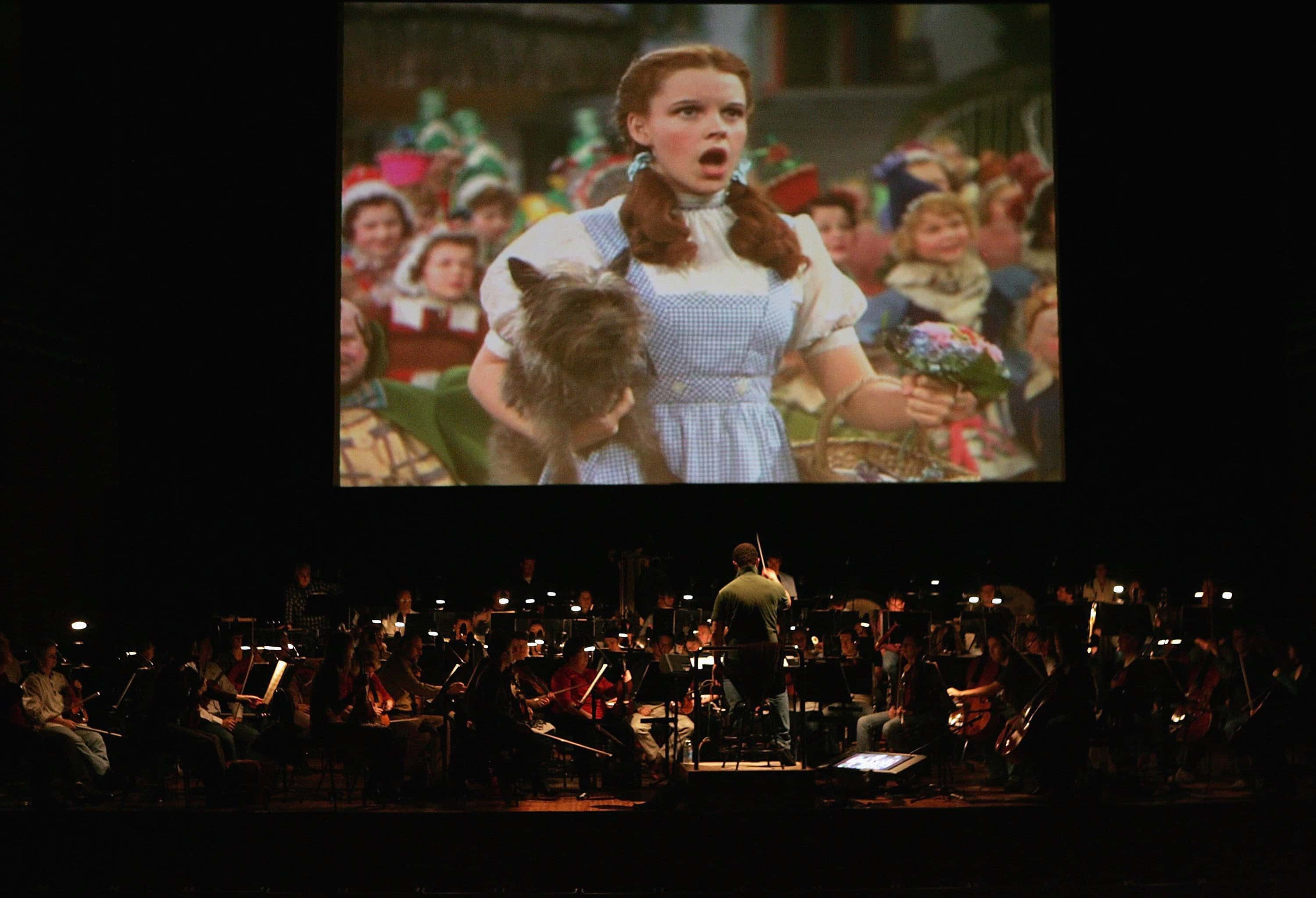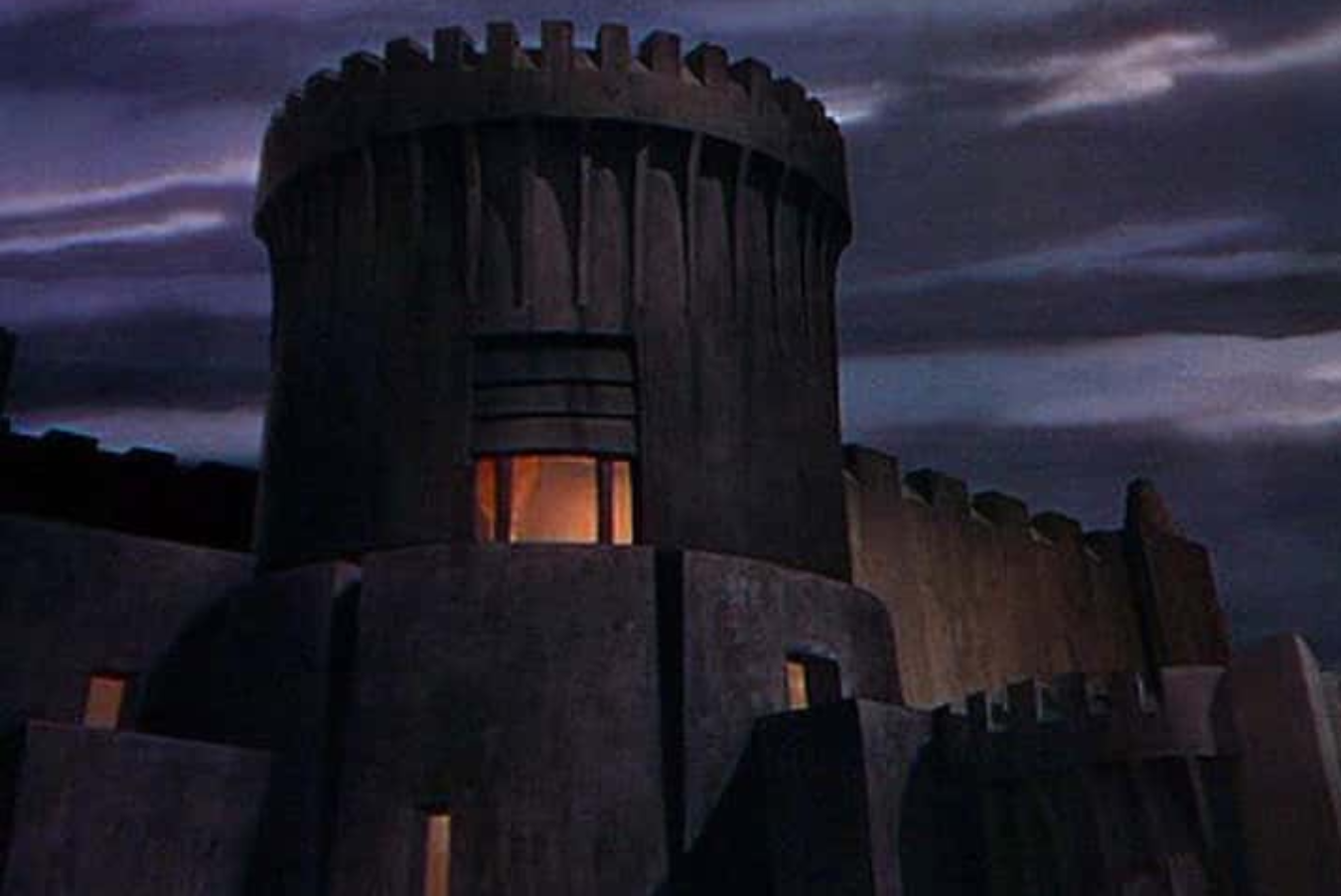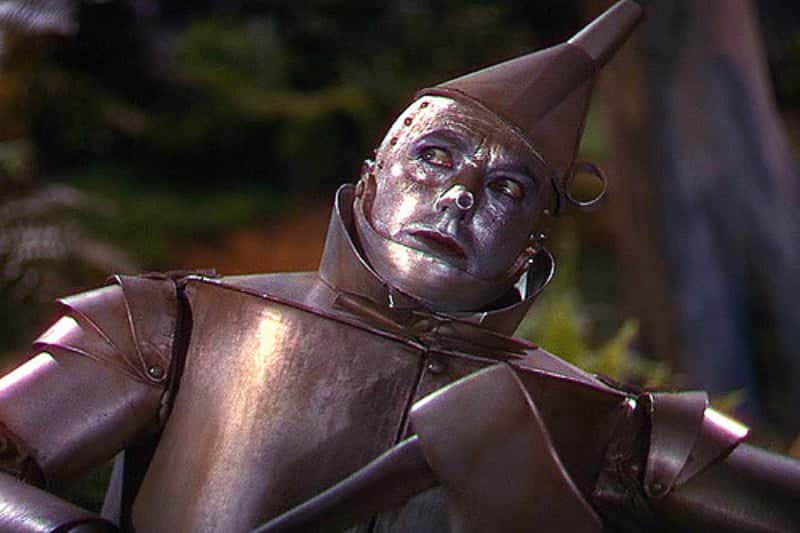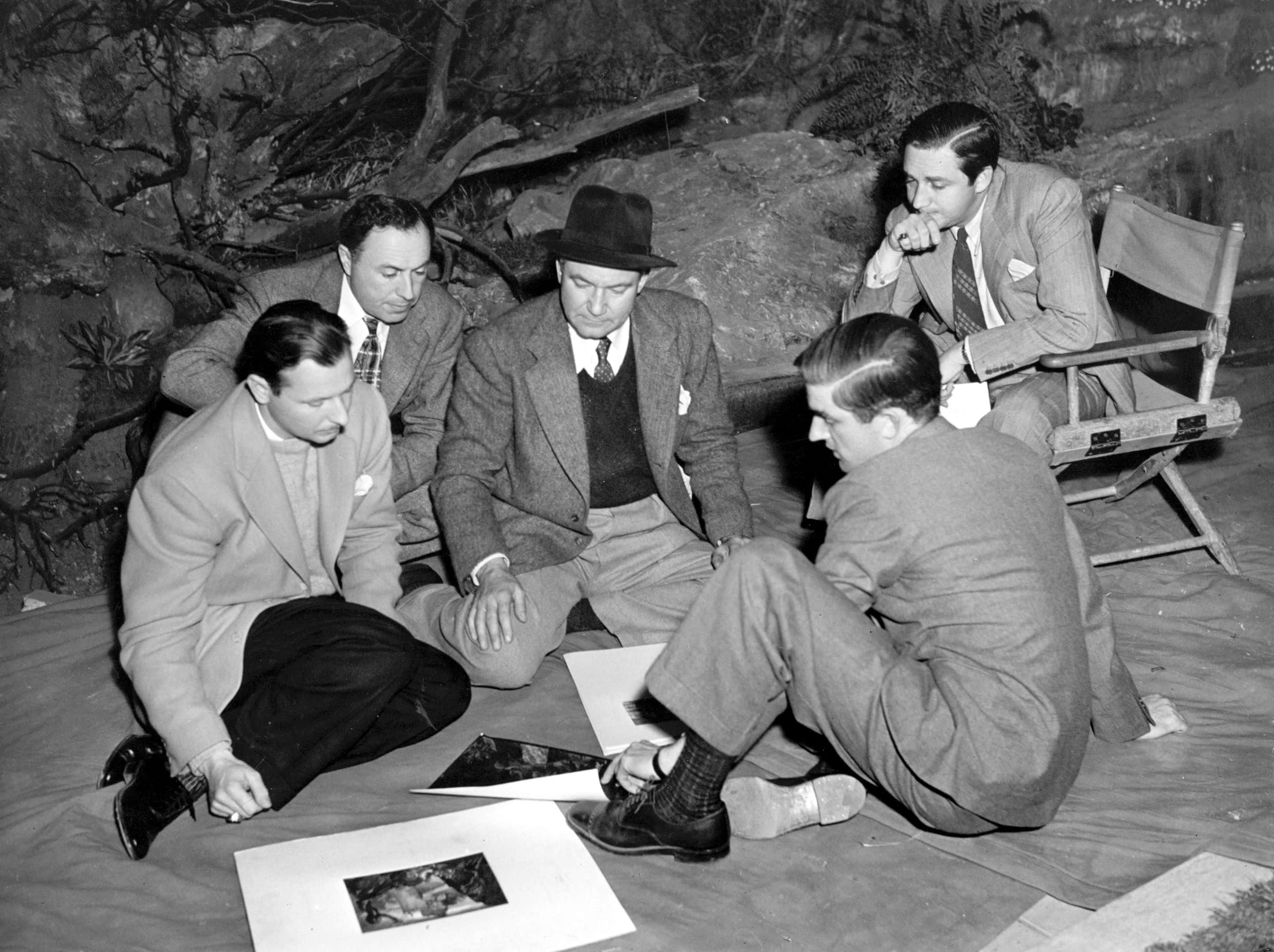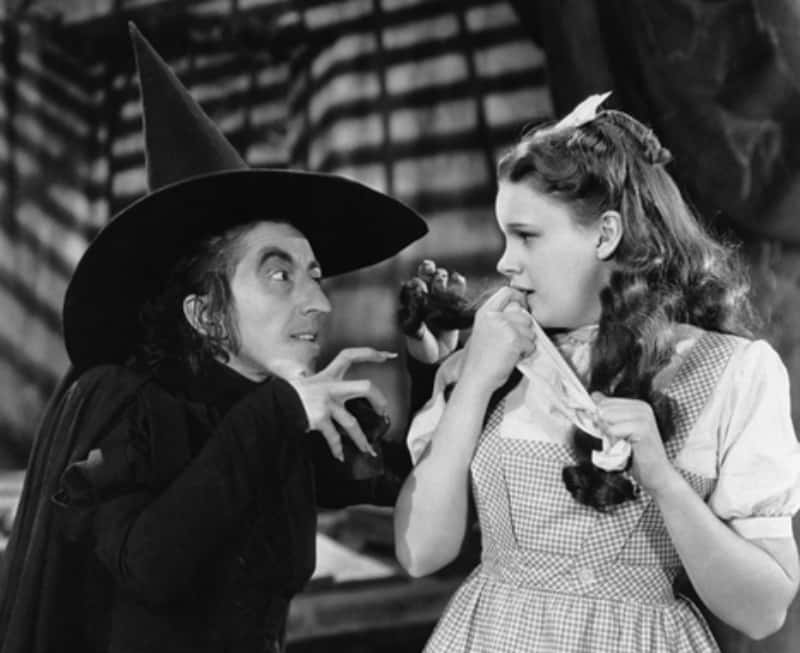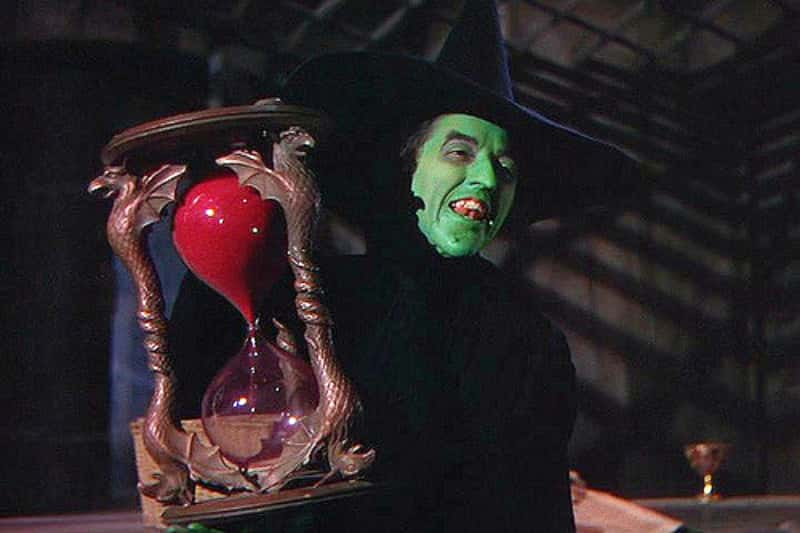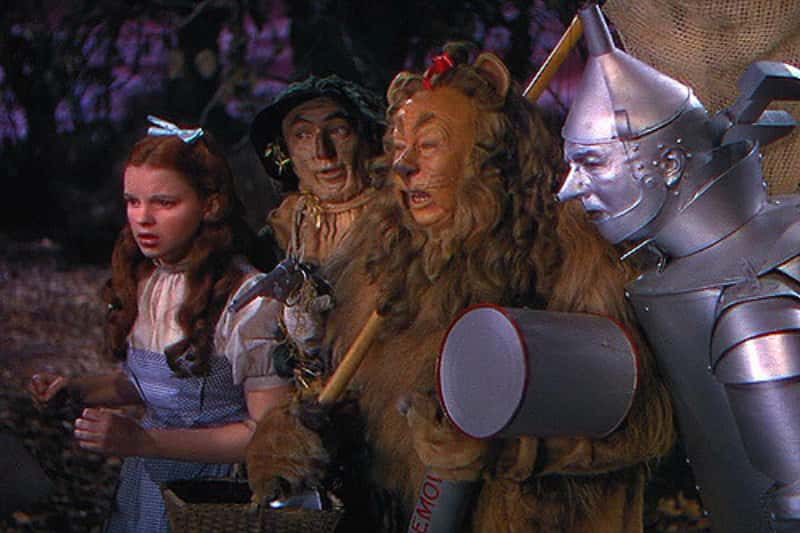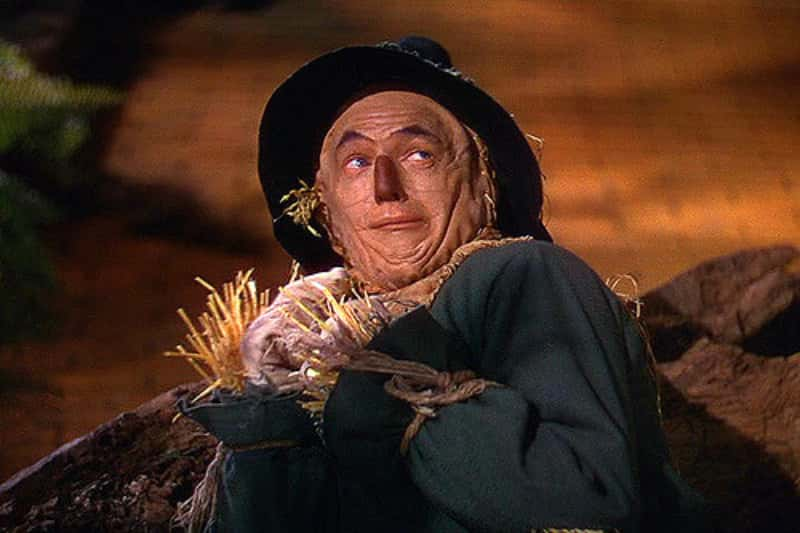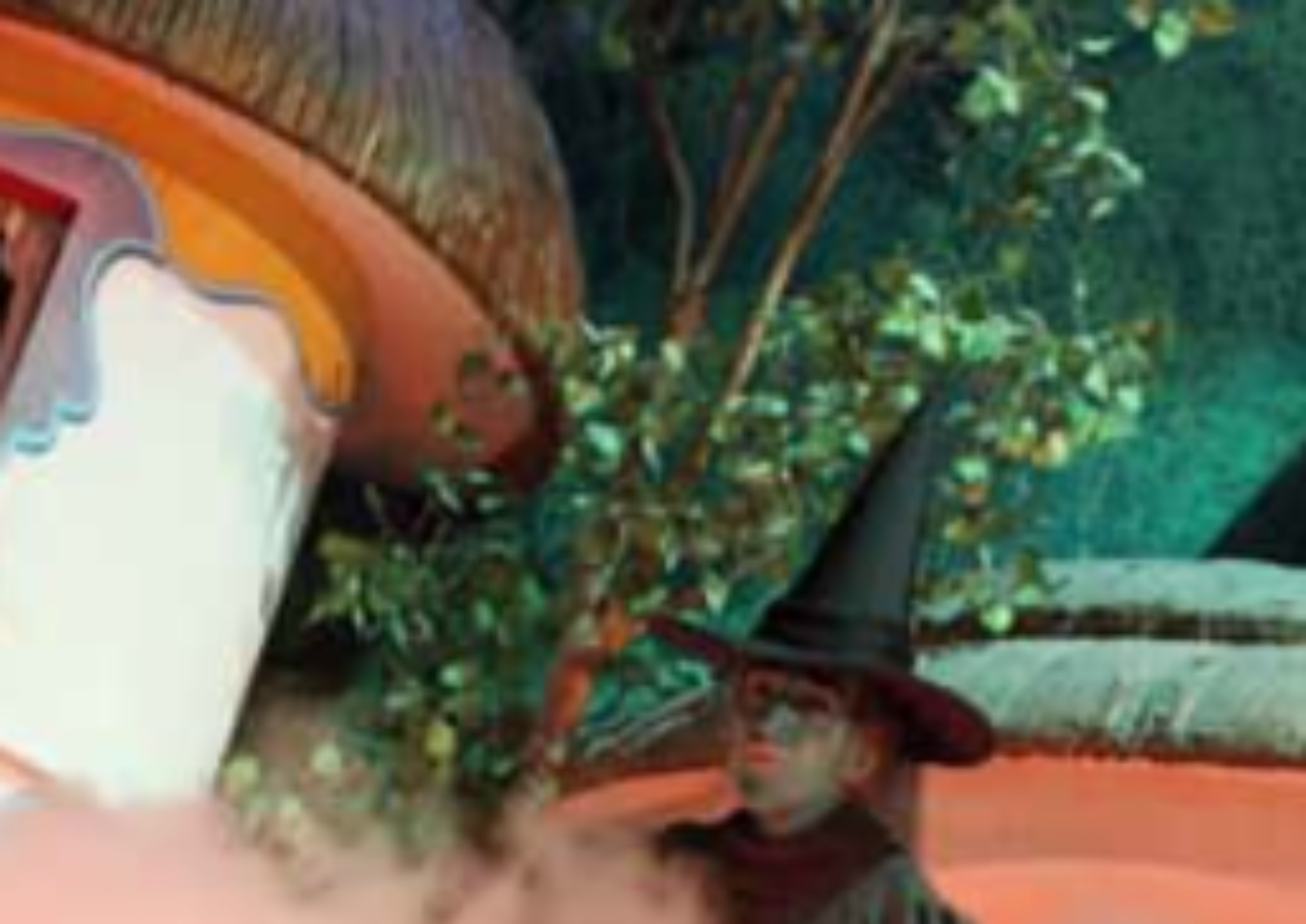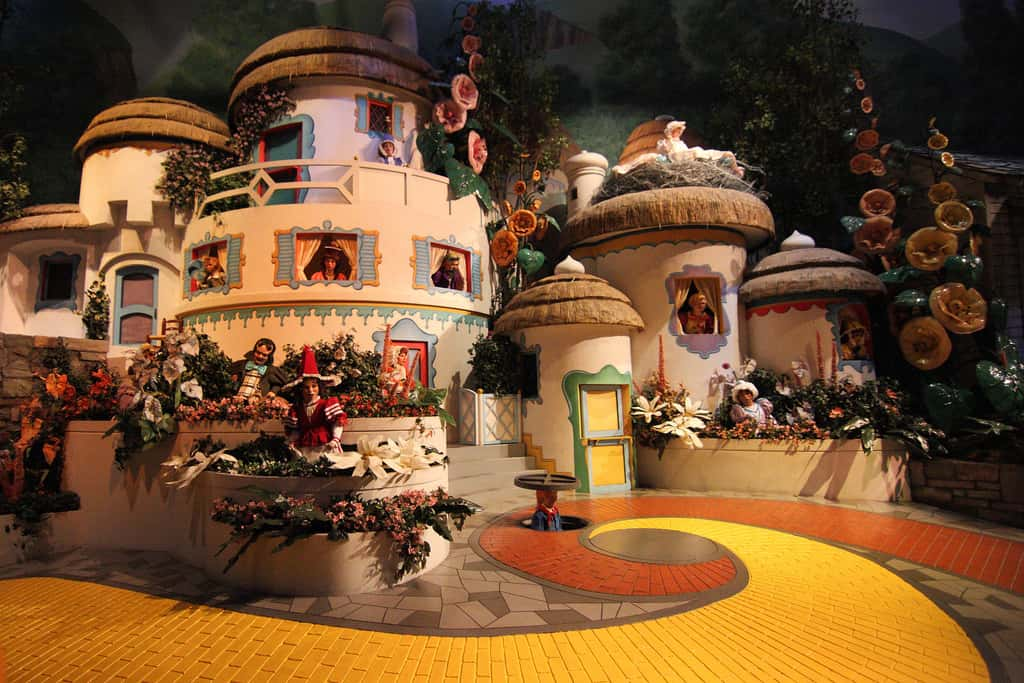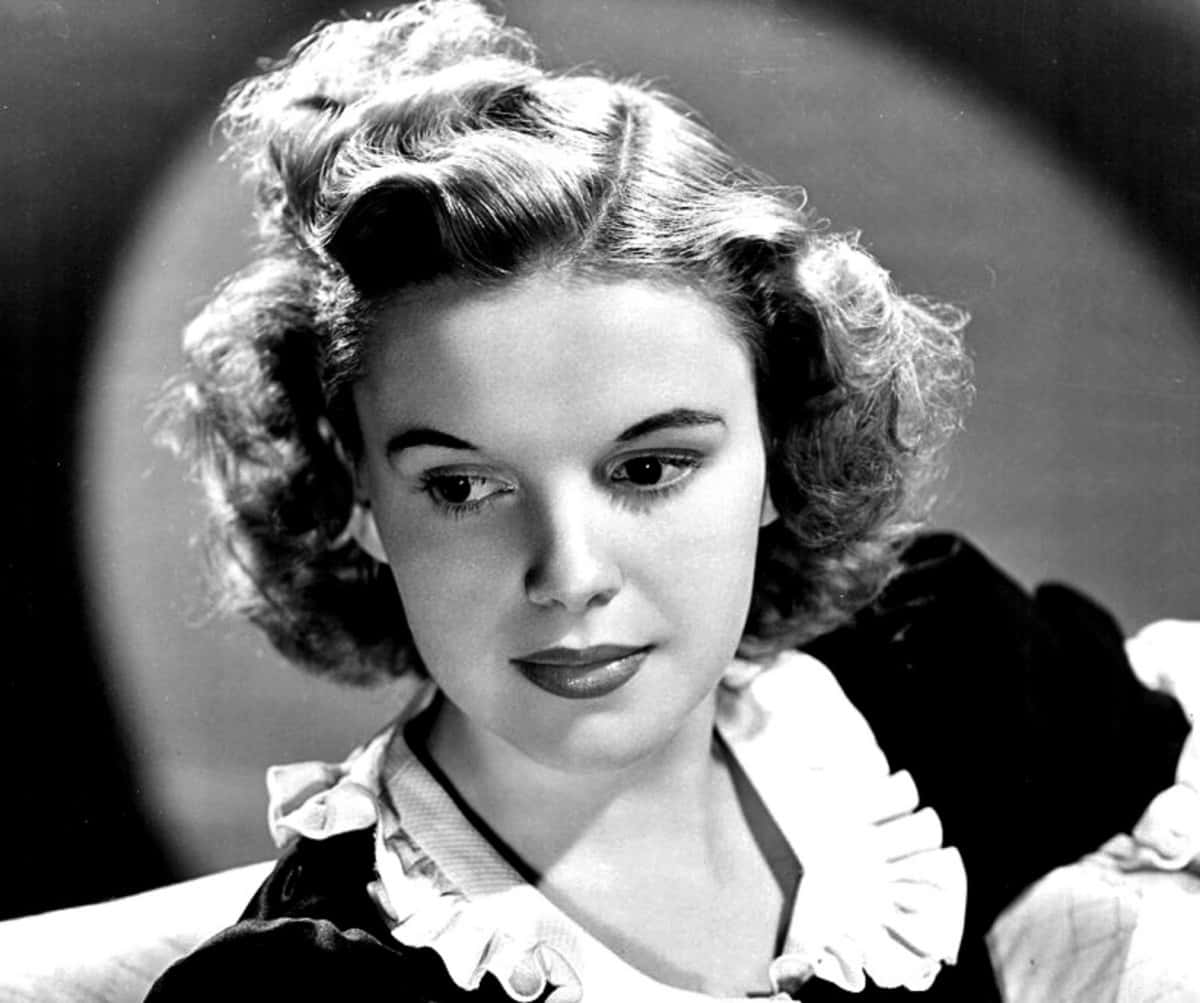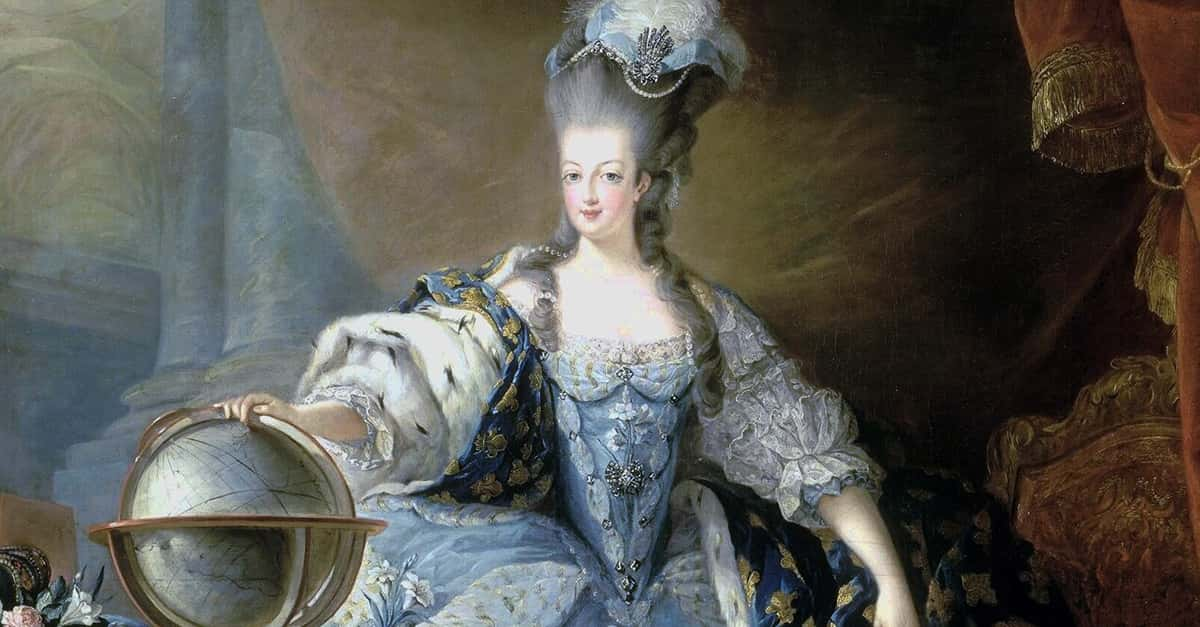"...and your little dog, too!"
Since its release in 1939, The Wizard of Oz has become one of the most-watched films of all time. And no wonder—thanks to re-releases, annual television screenings and numerous video/DVD releases over the decades, Dorothy and the gang have sung and danced their way into the hearts of millions.
But for all the magic, the biggest miracle of all might be the fact the film ever got finished. Don't believe us? Ask Jack "Tin Man" Haley himself, who once had this to say to an interviewer about working on the film: "People question me, like you're questioning me now, say 'Must've been fun making The Wizard of Oz.' It was not fun. Like heck it was fun. It was a lot of hard work. It was not fun at all".
What did he mean by that? Well…
1. The Chaos Started With The Script
The movie is based on L. Frank Baum’s The Wonderful Wizard of Oz, first published in 1900. Three writers (Noel Langley, Florence Ryderson and Edgar Allen Woolf) are listed in the film’s opening credits, but more than a dozen other writers, lyricists, and cast members contributed to the final version. Even after they started filming, the writers and directors kept revising the script to add or cut scenes, leading to confusion on the set about where the story was going.
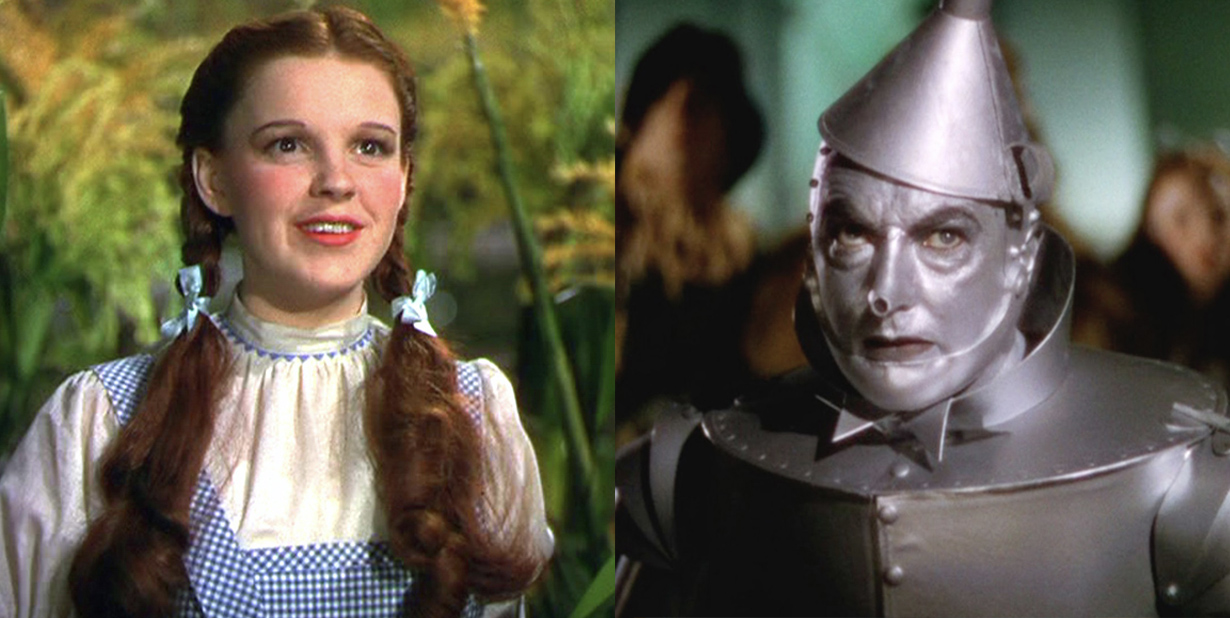
2. At Least it Paid Well... Right?
Although The Wizard of Oz was nominated for six Academy Awards, it took home only two trophies (for Best Song and Best Original Score), losing Best Picture to Gone With the Wind. None of the cast was nominated for an acting award, though Garland received an honorary Academy Juvenile Award for her work in The Wizard of Oz and Babes in Arms. As for financial compensation, the highest-paid actors on the set were Bolger and Haley, who each made roughly $3,000 a week (about $52,000 today, adjusted for inflation) compared to Garland’s $500. But after production shut down, that was it. Whenever he was asked if he received any residuals from annual telecasts of the film, Bolger often said: “No, just immortality. I’ll settle for that".
3. A Wicked Good Mom
In an early draft of the script, the writers gave the Wicked Witch of the West a son named Bulbo, who she wanted to rule Oz.
4. In Your Dreams
The “it was all a dream” trope tends to infuriate audiences today, but in the case of The Wizard of Oz, the producers thought that filmgoers would be too sophisticated to buy into anything as silly as fantasy, so he re-worked the story as a dream-sequence to make it more believable.
5. The Kevin Bacon of Music
Attempts to make the film more appealing to younger audiences almost gave Oz a spoiled young princess. She was to have banned all forms of music aside from classical and operetta, leaving Dorothy to save the day by beating her in a singing contest with a swing-style song. That sounds like an entirely different movie, but honestly, it’s kinda one I’d like to see.
 Shutterstock
Shutterstock
6. Dorothy and Scarecrow, Sitting in a Tree
Because the idea of a movie without a romance is ludicrous, the movie was originally meant to have a scene where Hunk (the Scarecrow’s counterpart in Kansas) leaves for college and makes Dorothy promise to right to him, clearly implicating that a romance was blossoming between the two of them. In hindsight, this just seems creepy, and the scene was thankfully cut, but there are remnants of it in the final film, most obviously when Dorothy tells the Scarecrow “I think I’ll miss you most of all".
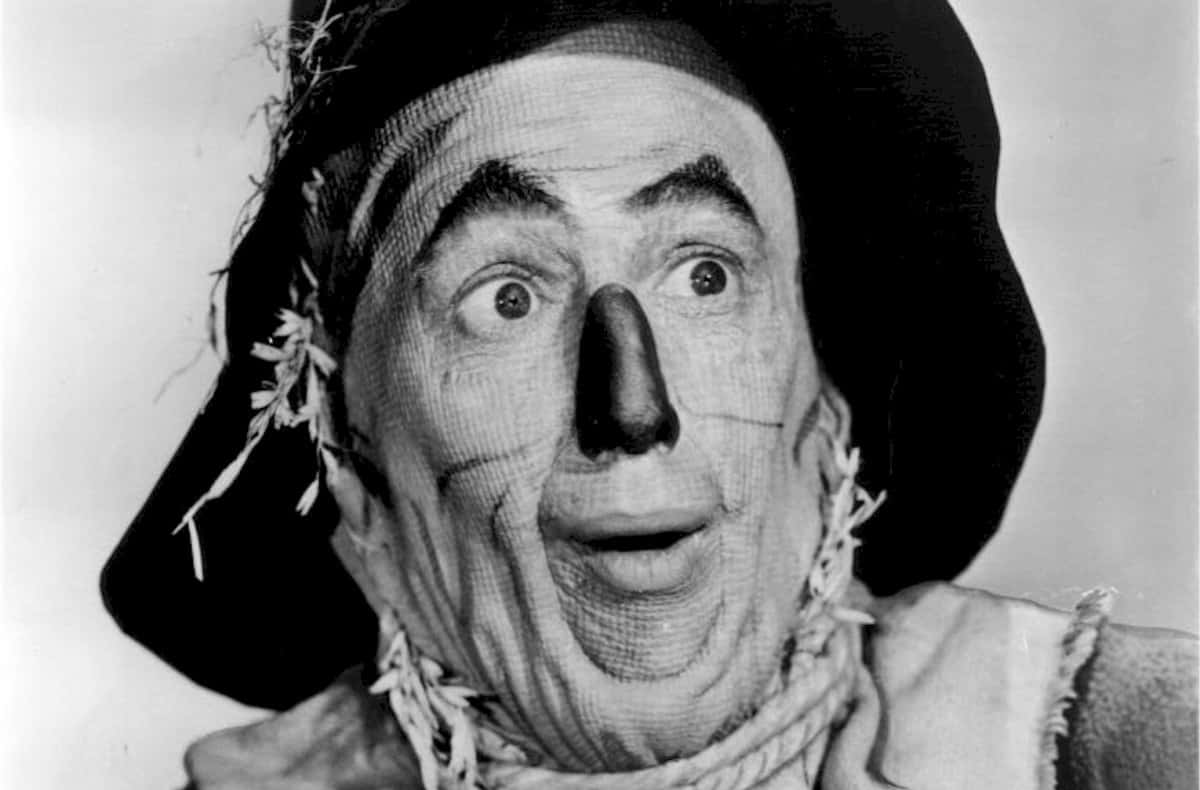 PxHere
PxHere
7. At Least it Wasn't Made of Lead
Better known to later TV fans as Jed Clampett of The Beverly Hillbillies, Buddy Ebsen was the first actor to play the Tin Man, but nine days into filming he suffered a severe allergic reaction to his makeup, an aluminum powder that got inside his lungs and made him unable to breathe. Ebsen ended up in the hospital fighting for his life. He would complain about breathing problems for the rest of his life.
8. Role Switcheroos
Ray Bolger was initially cast as the Tin Man, but he felt like his lanky, loose-limbed dance style would be stifled by the Tin Man suit, so he managed to convince the actor cast as the Scarecrow, Buddy Ebsen, to switch roles. I'm sure Ebsen was regretting being so easy going as he was lying in a hospital bed struggling to breathe.
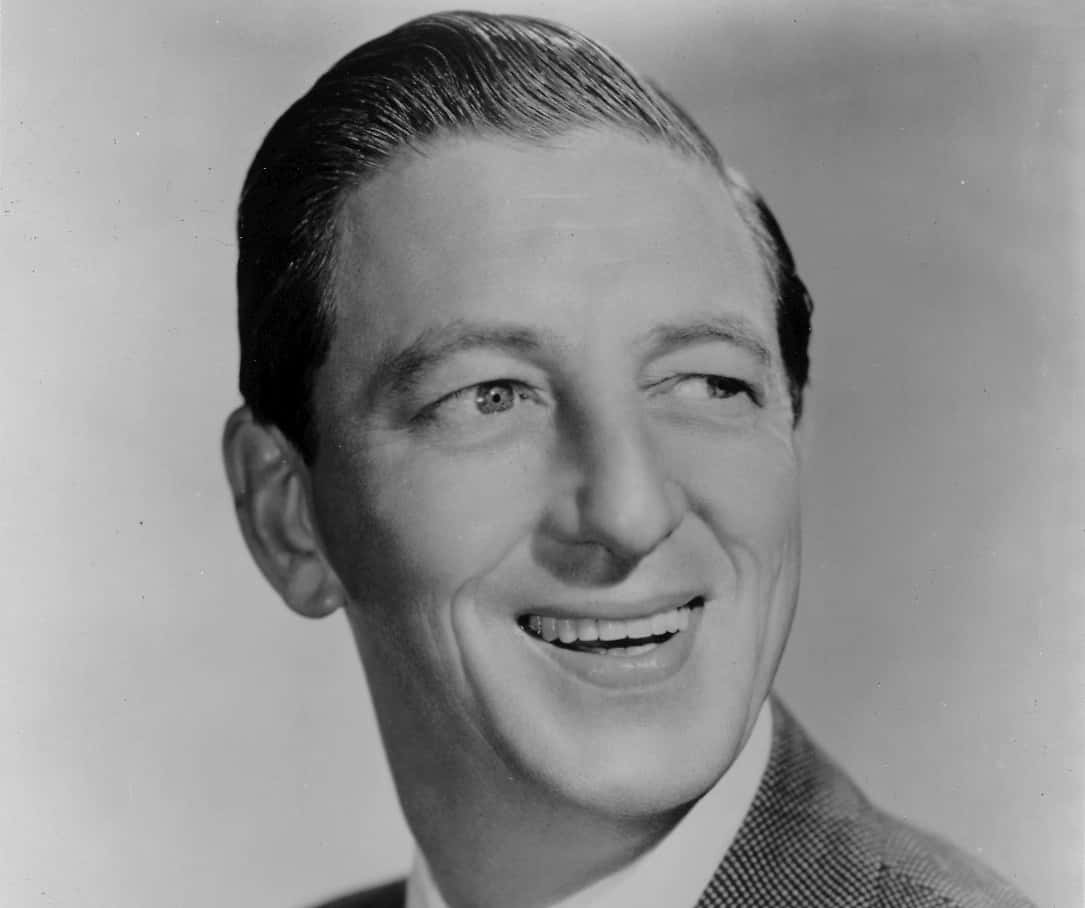 Wikimedia Commons
Wikimedia Commons
9. Dorothy Monroe
We very nearly got a very different Dorothy. While it’s hard to imagine anything other than her innocent, country girl look, the studio initially had Judy Garland get all dolled up in the manner of a more traditional Hollywood diva. That meant Dorothy Gale very nearly had a bouncy blonde wig and a thick coat of makeup. It was George Cukor who made the executive decision to have Garland look more like the Dorothy from the book.
 Wikimedia Commons
Wikimedia Commons

Sign up to our newsletter.
History’s most fascinating stories and darkest secrets, delivered to your inbox daily. Making distraction rewarding since 2017.
10. Wizard of All Trades
We all know how the main characters that Dorothy meets in Oz have their counterparts in Kansas, but did you know that Frank Morgan, the Wizard himself, took up no fewer than five separate roles? He appeared in Kansas as Professor Marvel, but he also played the annoying doorman at the Emerald City, the Horse-of-a-Different-Color’s owner, and the Wizard’s Guard that eventually breaks down in tears. Talk about range!
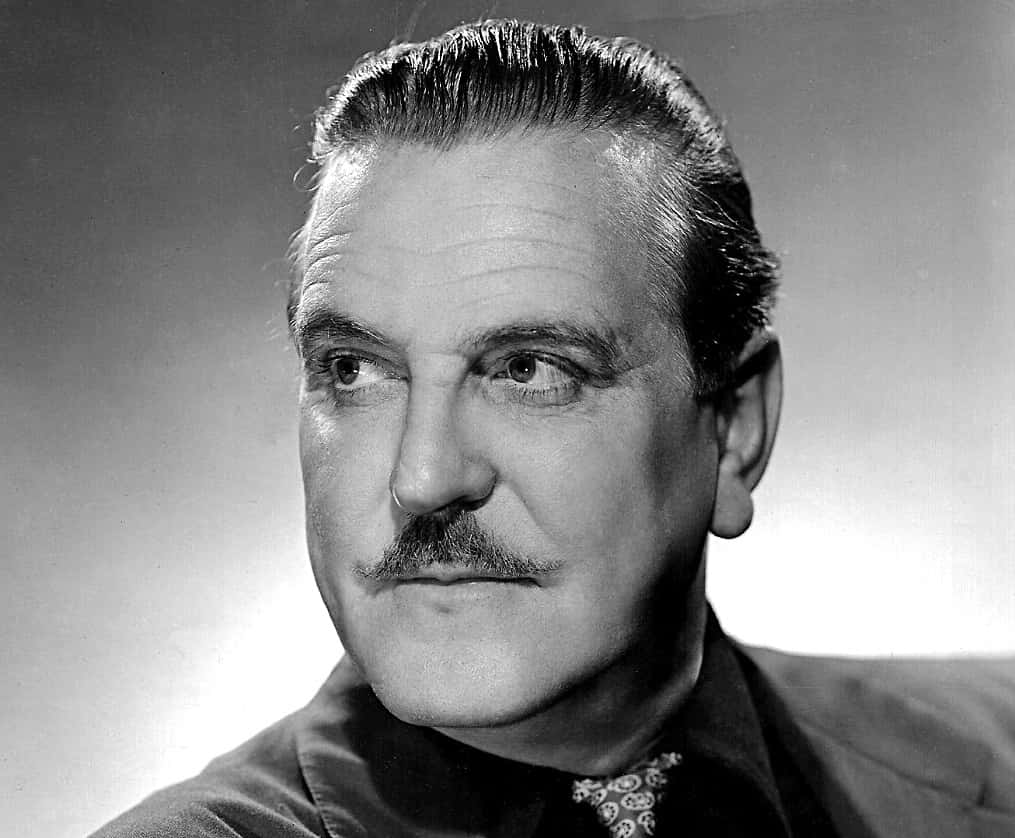 Wikimedia Commons
Wikimedia Commons
11. Not So Scary After All
The Wicked Witch of the West terrified children everywhere, which is ironic considering that Margaret Hamilton was actually once a kindergarten teacher. In fact, later in her life, she went on Mister Rogers’ Neighborhood to teach children that scary characters in movies, like the Witch herself, were all “make-believe".
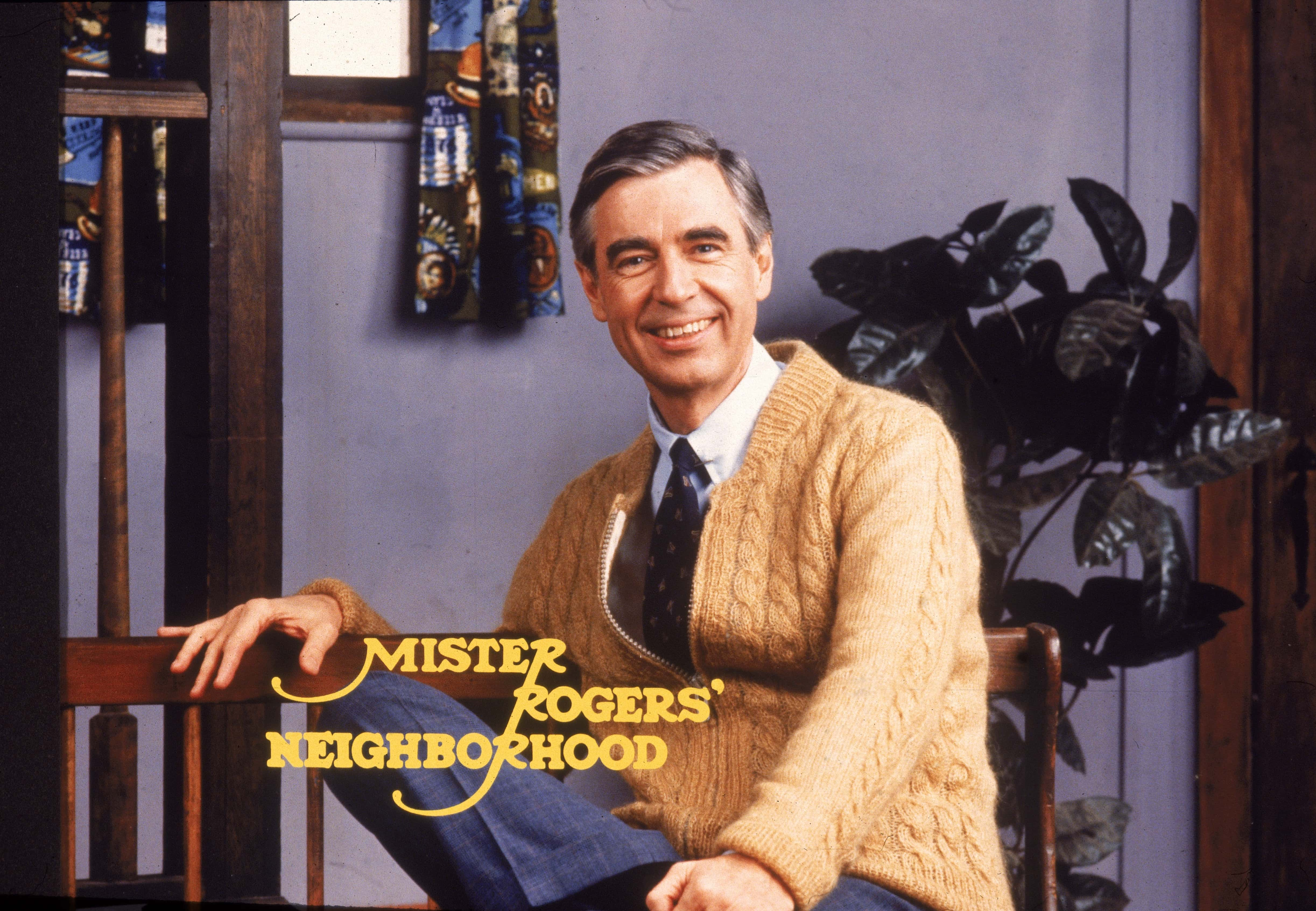 Getty Images
Getty Images
12. We Got There First
We remember The Wizard of Oz as a marvel of early cinema, but it wasn’t even the first film adaptation of L. Frank Baum’s classic novel. That honor would go to the 1910 silent film The Wonderful Wizard of Oz. Then, the story would be adapted into yet another silent film in 1925! Turns out, everyone’s favorite Technicolor classic was a little late to the party.
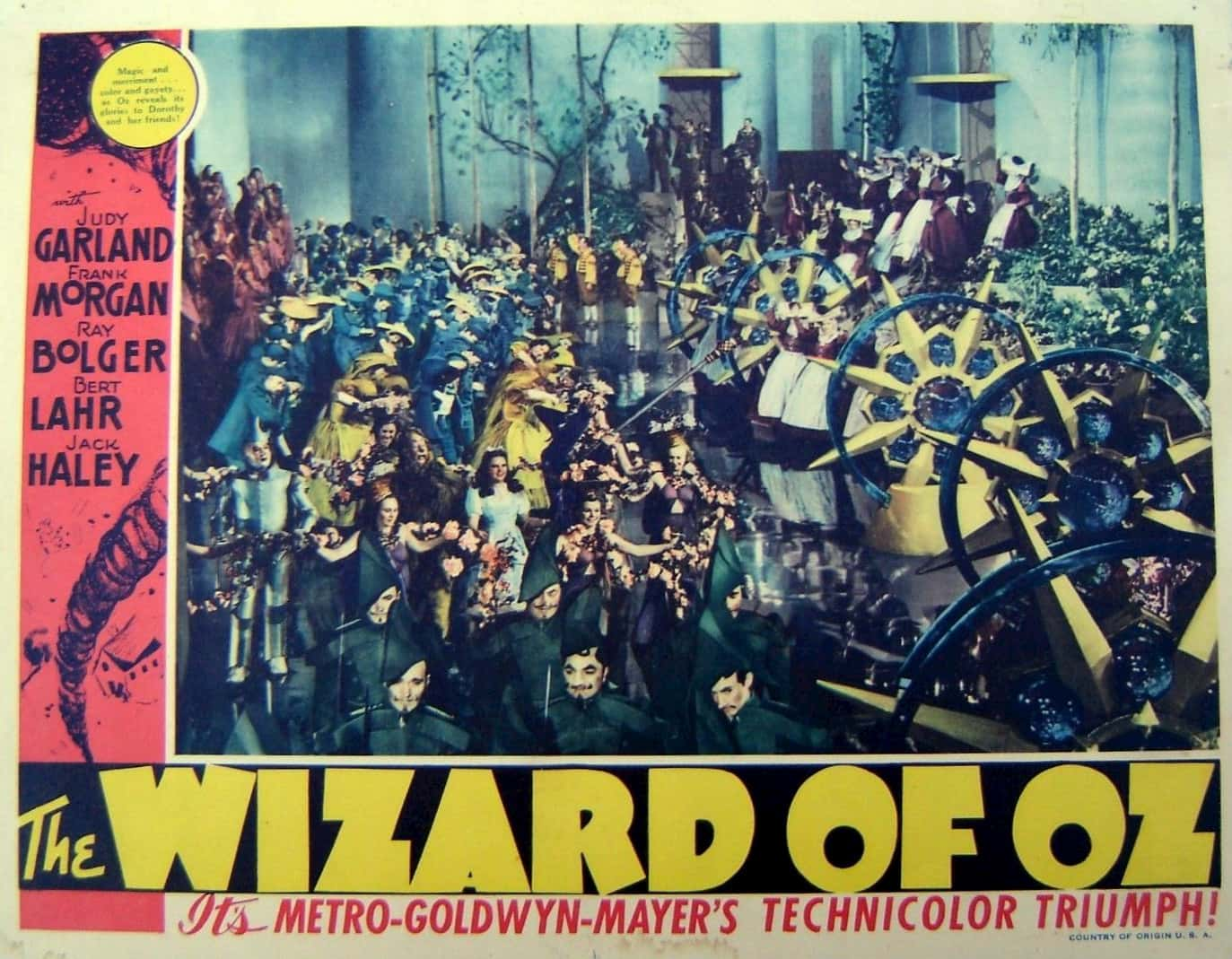 Wikipedia
Wikipedia
13. The Dancing Bug
In the late 1930s, a dance craze was sweeping the nation: The Jitterbug. Thanks to the song “Call of the Jitter Bug” and the film Cab Calloway’s Jitterbug Party, the dance became a sensation. It was so popular, in fact, that it was very nearly crammed into L. Frank Baum’s classic story. We very nearly got to see an insect called a Jitterbug attack Dorothy and the Gang and force them to dance uncontrollably. However, for better or for worse, the scene was cut from the film.
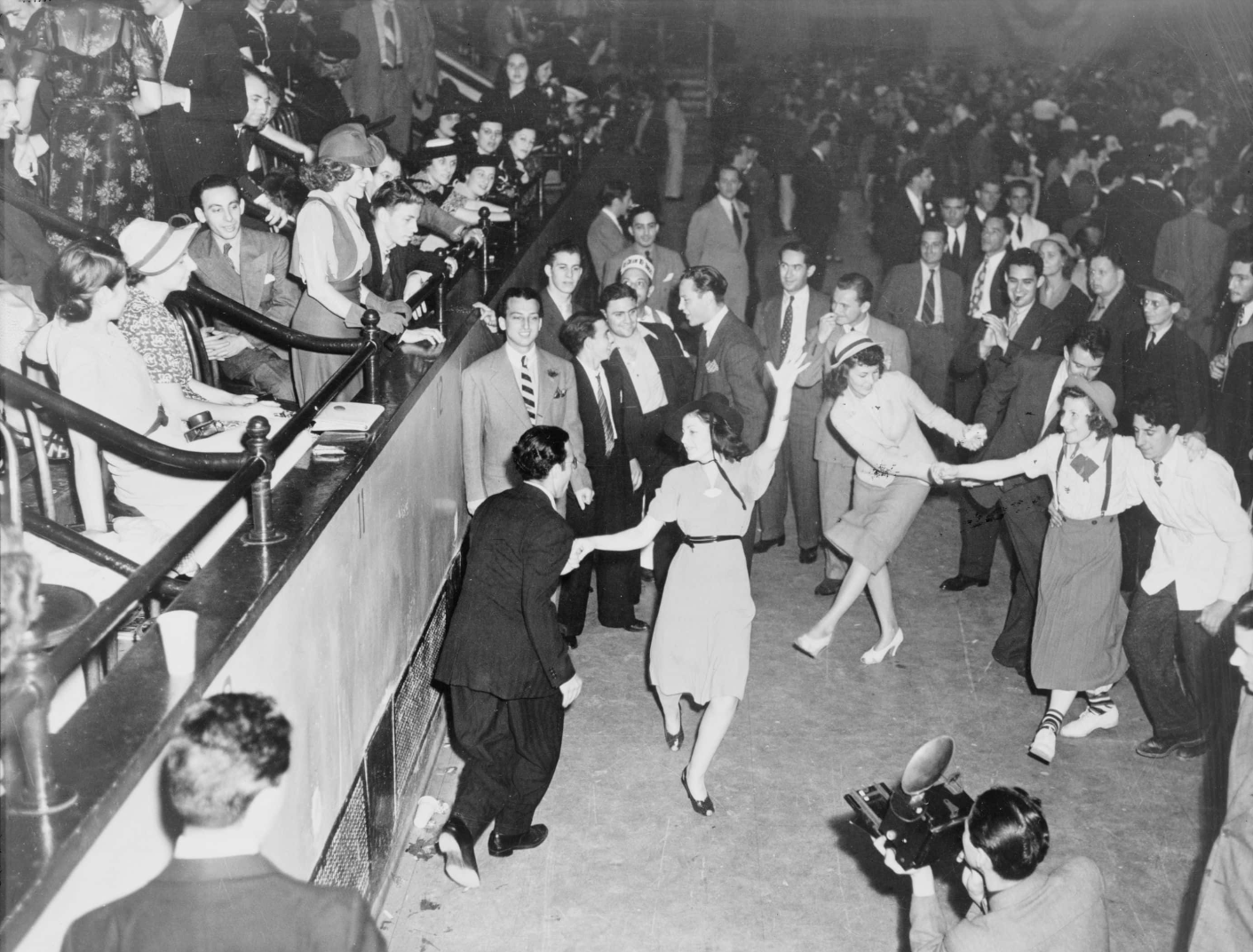 Wikimedia Commons
Wikimedia Commons
14. Wicked Accommodations
Apparently, someone behind the scenes had some trouble differentiating between actors and the characters they played, because apparently Margaret Hamilton’s dressing room was absolutely atrocious, while Billie Burke, who played Glinda the Good Witch, got a glamorous pink and blue wonderland. Later, Hamilton would admit that she would sneak into Burke’s dressing room to eat lunch on days where the Good Witch wasn’t around.
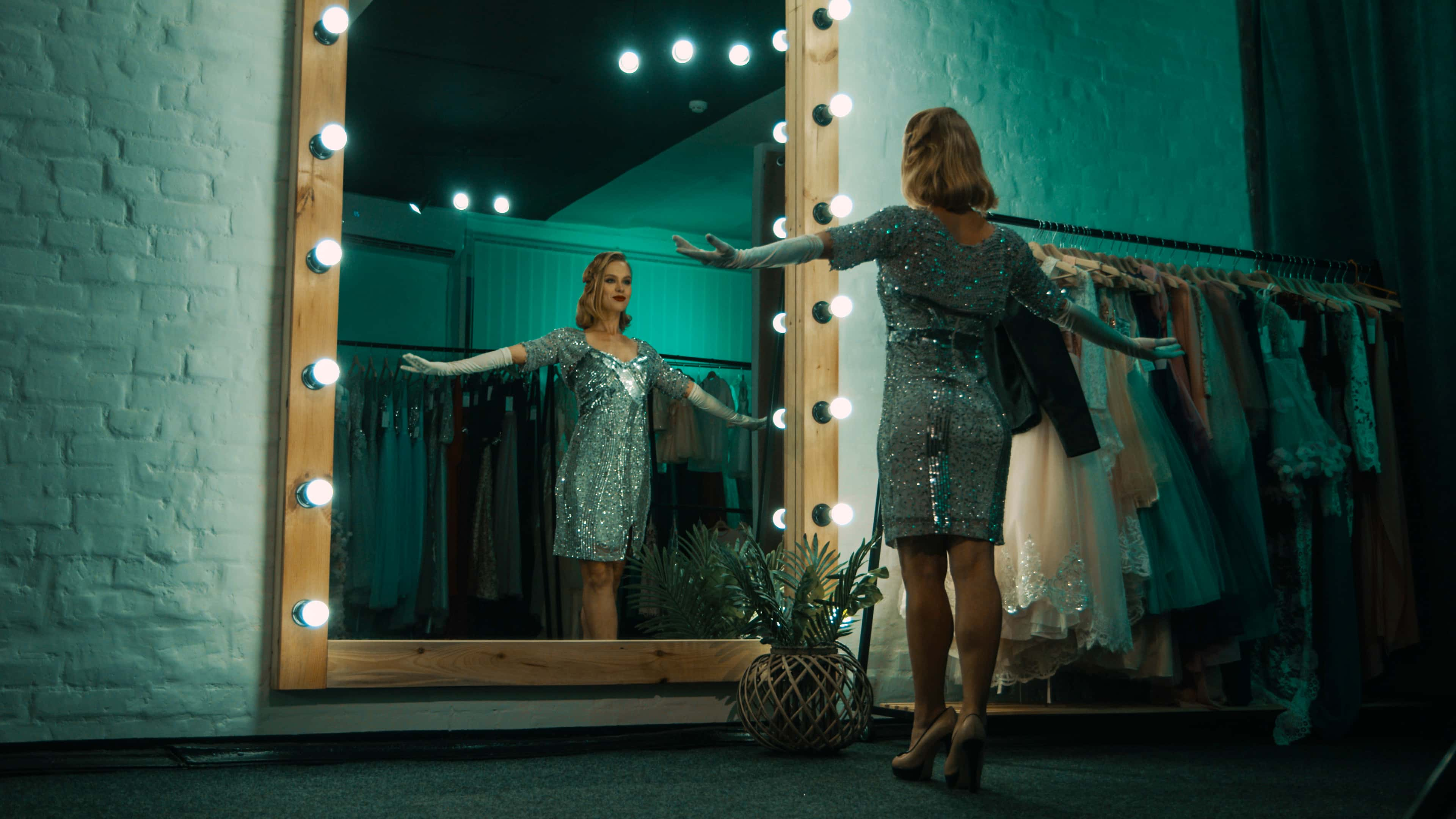 Shutterstock
Shutterstock
15. The Wizard of Flops
For the first decade after its release, the Wizard of Oz was technically a failure. It cost $2.8 million to make, while it only brought in $3 million—not nearly enough for the entire venture to make a profit. It wasn’t until it was re-released in 1949 that it managed to recoup its budget entirely and actually start making big bucks.
 Shutterstock
Shutterstock
16. The Revolving Door of Directors
Norman Taurog oversaw initial casting and set construction, but left before the filming began. Filming began under Richard Thorpe, but he only lasted two weeks before getting himself fired. George Cukor then came aboard for a few days to help re-tool the film's look; he moved on to direct Gone with the Wind and Victor Fleming was brought in to replace him. Fleming oversaw most of the filming, but he was sent to replace Cukor on Gone with the Wind, leaving King Vidor to handle the Kansas scenes, the last to be shot. In the end, Fleming was the only one of the five directors credited.
17. We're Going in a Different Direction
Margaret Hamilton almost didn’t get the part.
As hard as it might be to imagine anyone else playing the Wicked Witch of the West, that’s exactly what the producers did when they considered casting Gale Sondergaard for the role. Early in pre-production, their idea was to have the witch appear as a glamorous villain, like the evil queen in Disney’s Snow White and the Seven Dwarfs. Sondergaard was cast and photographed for wardrobe tests, but after the studio decided to make the witch more conventionally ugly, Sondergaard pulled out and the part went to Hamilton.
18. Brutal Hours
A single mother, Hamilton got into an argument with the studio over time on the set, and she only agreed to take the role three days before filming started. She agreed to five weeks of work that stretched into three months. Not that she was the only person on set dealing with grueling schedules; the cast’s call time was 4 a.m. every day, with filming often lasting until 7 or 8 p.m. at night.
19. Animal Problems, Part I
Though Terry/Toto was trained to respond to her trainer’s silent commands, it often took up to a dozen takes to get her to follow her human co-stars down the Yellow Brick Road, adding to an already long filming day.
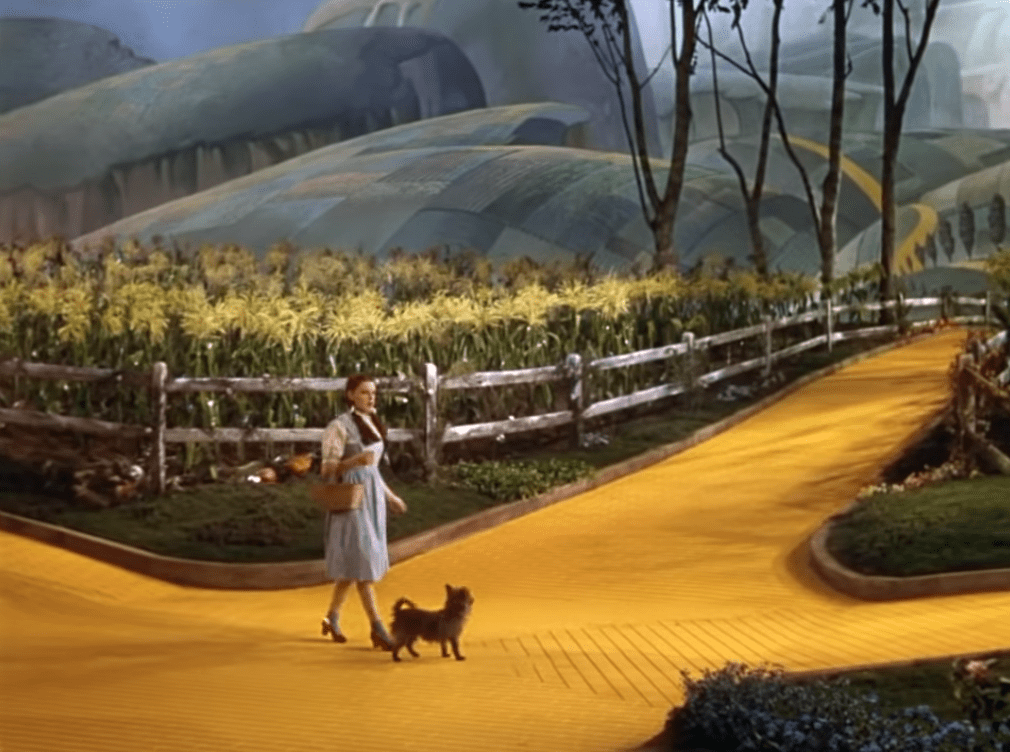 The Wizard of Oz, Metro-Goldwyn-Mayer
The Wizard of Oz, Metro-Goldwyn-Mayer
20. Animal Problems, Part II
Remember the Horse of a Different Color in Emerald City? In one scene, Dorothy and her friends are seated in a carriage pulled by a horse that appears to change color throughout the scene. Four separate horses were used to create the effect, as the filmmakers realized changing a horse’s color four times would be too time-consuming. Three of the horses were tinted with lemon, orange and grape-flavored gelatin powder, which meant the scenes had to be shot quickly before the horses could lick it off.
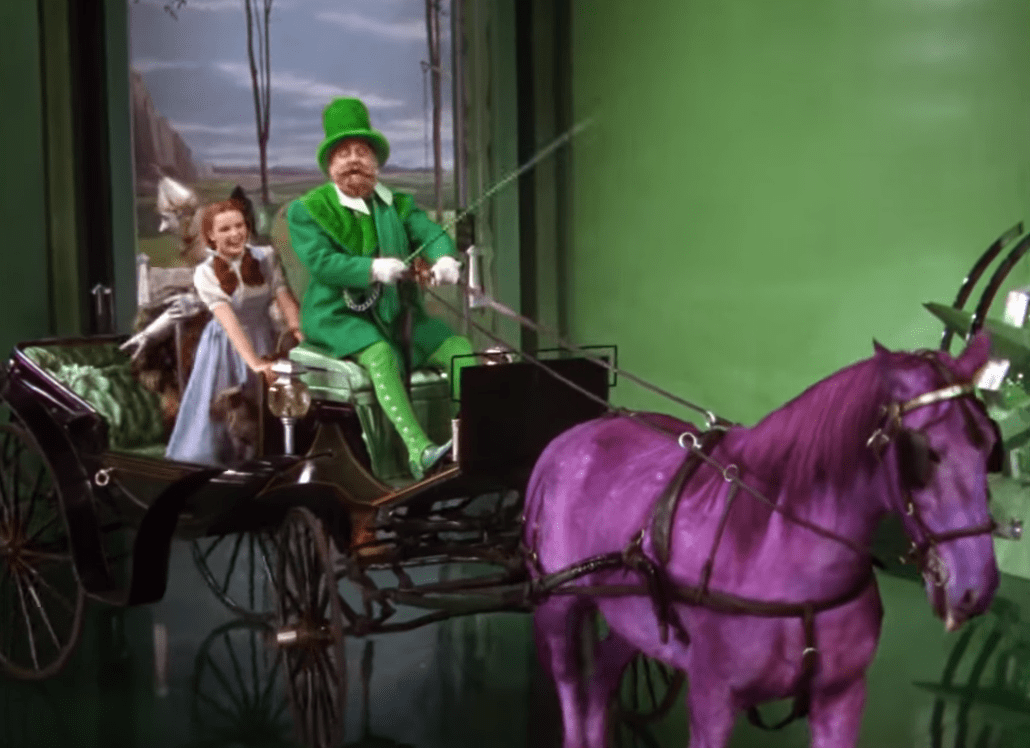 The Wizard of Oz, Metro-Goldwyn-Mayer
The Wizard of Oz, Metro-Goldwyn-Mayer
21. Not Safe, Even in the Background
During the haunted forest scene, several extras playing the Winged Monkeys were injured when the piano wires suspending them from the roof snapped, dropping them several feet to the floor of the sound stage.
22. Even The Dog Got Hurt!
Toto (actually a female Cairn terrier named Terry) broke her foot when she was stepped on by one of the Wicked Witch’s people. They had to bring in a dog double while she recuperated for two weeks at Garland’s residence. On a happier note, Terry—who changed her name to Toto after the film’s release—enjoyed a happy film career, appearing in 16 films until her passing in 1945.
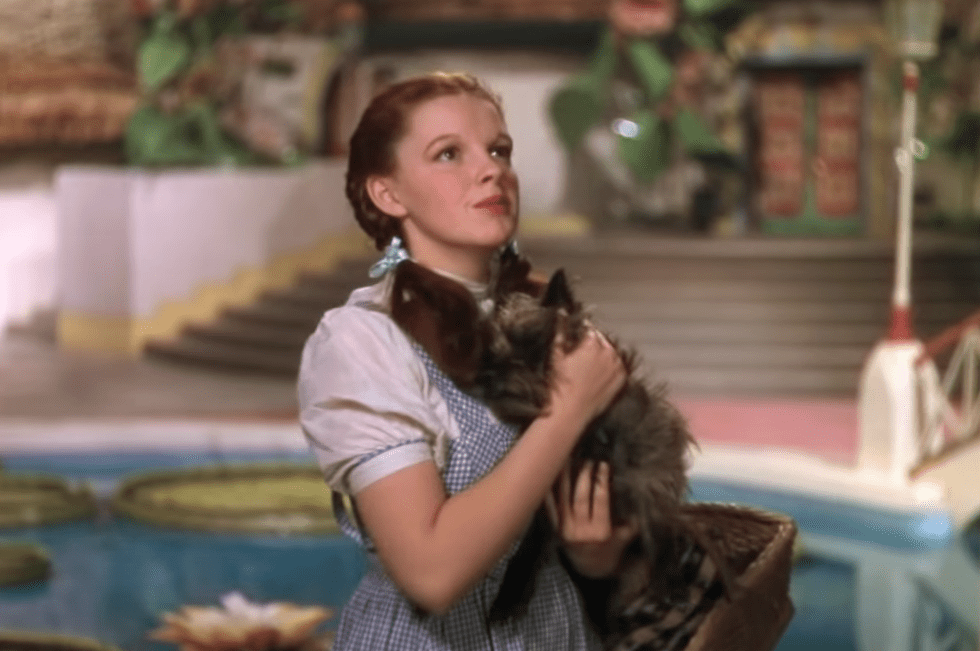 The Wizard of Oz, Metro-Goldwyn-Mayer
The Wizard of Oz, Metro-Goldwyn-Mayer
23. Tin Man Takes it Out of You
The Tin Man’s costume was so stiff that Haley had to lean against a board to rest between takes (a similar problem to what Anthony Daniels experienced while dressed as C-3PO for the Star Wars movies).
24. Just Can't Get That Makeup Right
When Ebsen had to drop out because of his health, MGM immediately recast his part with Jack Haley (who was never told why Ebsen had left). The metallic sheen on Haley’s face was accomplished with an aluminum paste that was definitely less dangerous than the aluminum dust Ebsen wore. Even so, Haley developed a severe eye infection from the makeup.
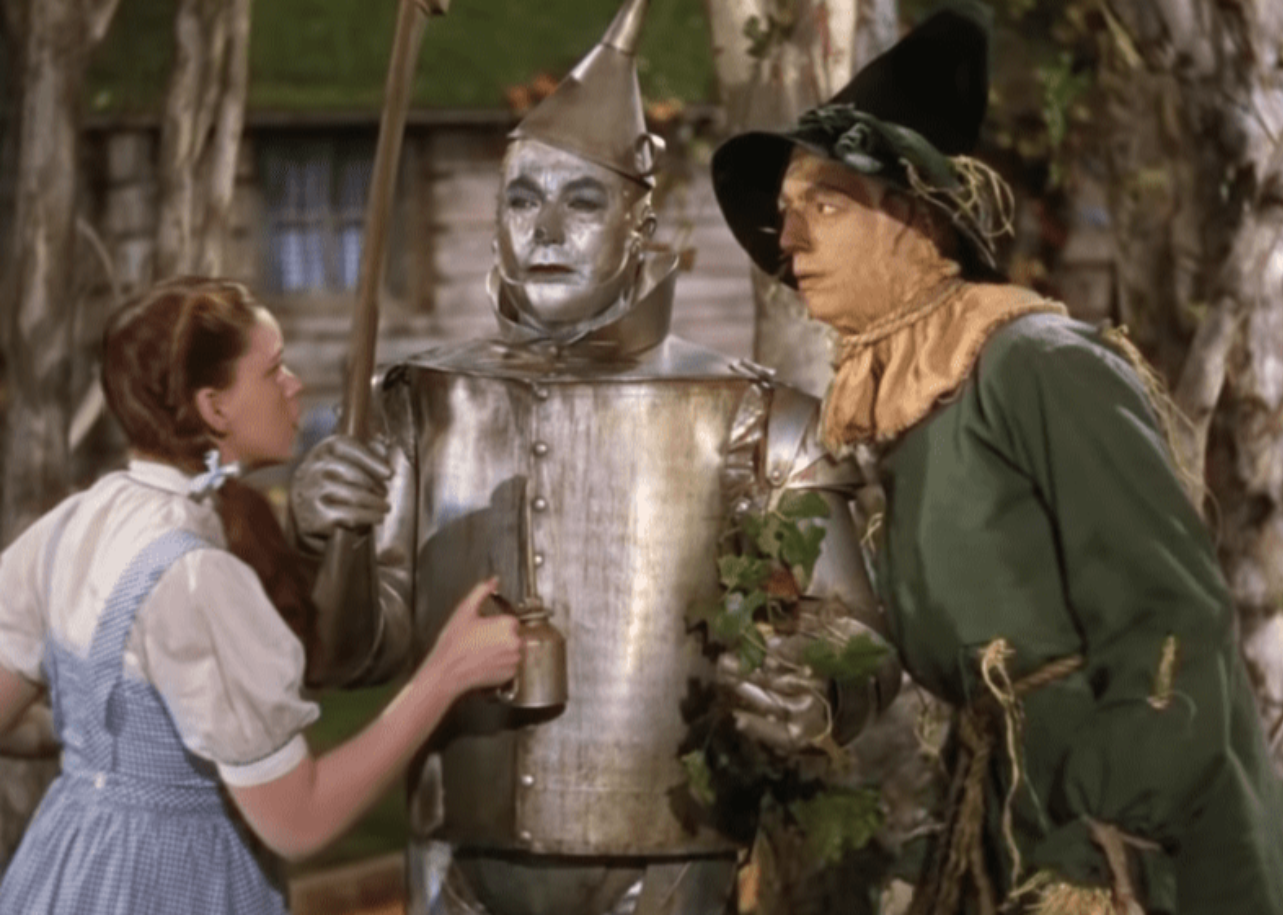 The Wizard of Oz, Metro-Goldwyn-Mayer
The Wizard of Oz, Metro-Goldwyn-Mayer
25. It's Getting Hot in Here
Bert Lahr’s costume was made from real lion fur and weighed 90 lbs. This made it unbearably hot to wear, especially under blazing studio lights that raised the temperature on the set to 100F (37C). Lahr would sweat so much the costume would be soaked through by the end of the day. In fact, there were two people on set whose only job was to spend the night drying out the costume.
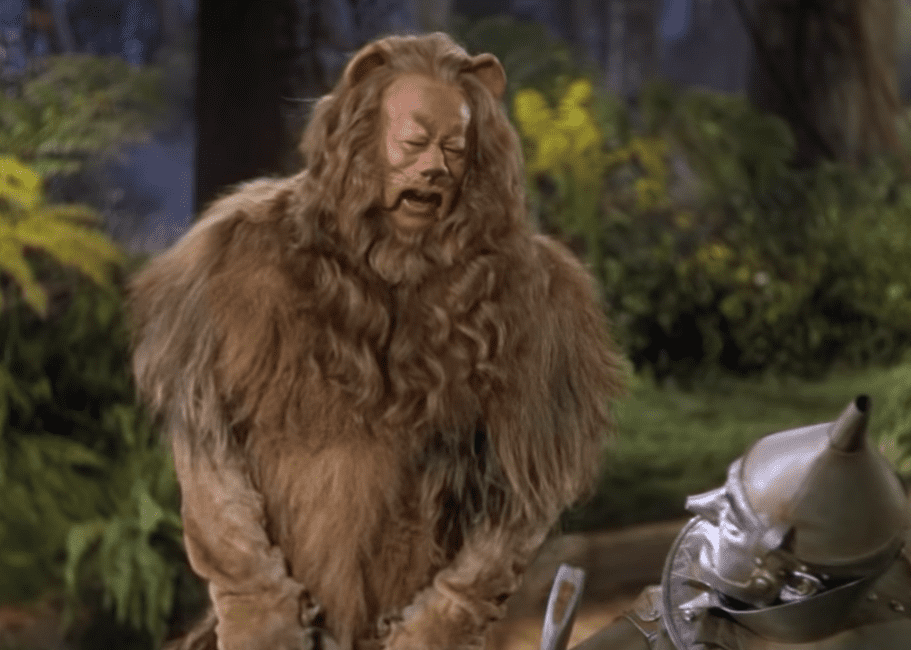 The Wizard of Oz, Metro-Goldwyn-Mayer
The Wizard of Oz, Metro-Goldwyn-Mayer
26. The Mask
While it may not have been as uncomfortable as the costumes for the Tin Man and the Cowardly Lion, Ray Bolger faced his own challenges with his Scarecrow costume. His sweat had nowhere to go underneath the rubber mask, and his skin would often crack and bleed when the mask was removed. When filming finished, the mask left a pattern of lines on his face that took more than a year to go away.
27. No Rainbow
Compared to everything else, the music for The Wizard of Oz was probably the easiest part of the film to complete. But that doesn’t mean there weren’t disagreements about what songs to include. “Over the Rainbow,” which became one of the most famous film songs of all time, was deleted from the film after a preview with MGM executives, who thought the song slowed down the film and that it felt wrong coming from “a little girl singing in a barnyard". Cooler heads prevailed and the song was put back in.
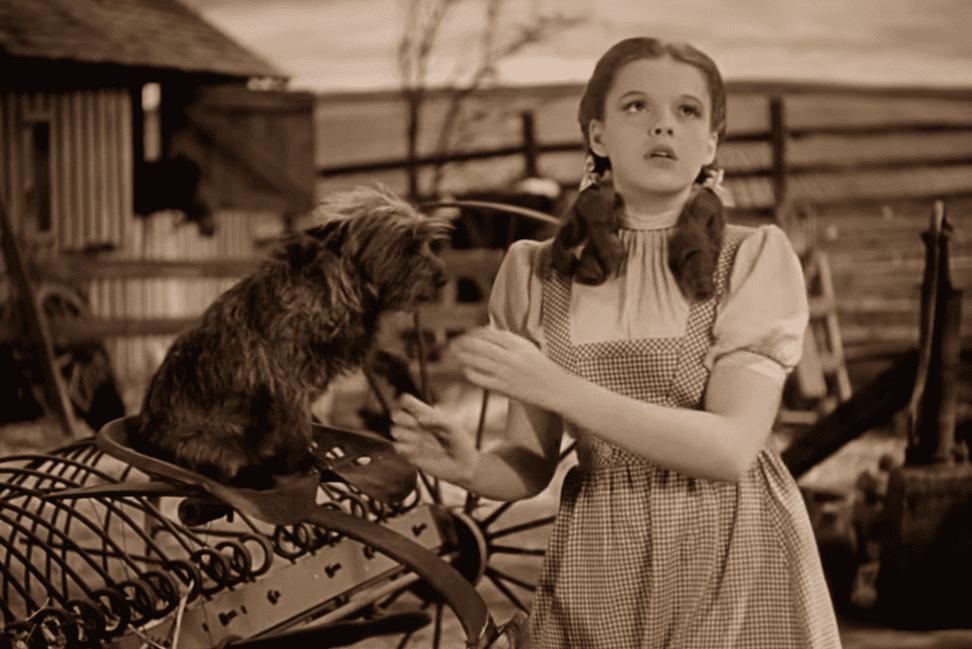 The Wizard of Oz, Metro-Goldwyn-Mayer
The Wizard of Oz, Metro-Goldwyn-Mayer
28. Not Even Lunch Was Easy
For all the discomfort the main cast members felt on set, it was nothing compared to the challenges they had trying to do something as simple as eating lunch. Lahr could only eat through a straw because of his delicate makeup (which took two hours to apply); he had to spend an extra hour getting it retouched if he ate anything more substantial. He, Bolger and Haley all had to eat their meals in their dressing rooms lest they frightened the other diners in the MGM cafeteria. Hamilton wasn’t restricted to her dressing room, but she couldn’t eat while in character because of the copper in her green makeup (which was dangerous if ingested), and she had to subsist on a liquid diet during the day.
29. It's Easy, Just Don't Breathe!
In the famous poppy field scene, the "snow" that fell on the characters and caused Dorothy to fall asleep was actually industrial-grade chrysotile asbestos—a substance often used in early Hollywood because of its ability to mimic lightly falling snow. The special-effects people went with this option despite the fact that the effects of breathing in asbestos had been known for several years at that point.
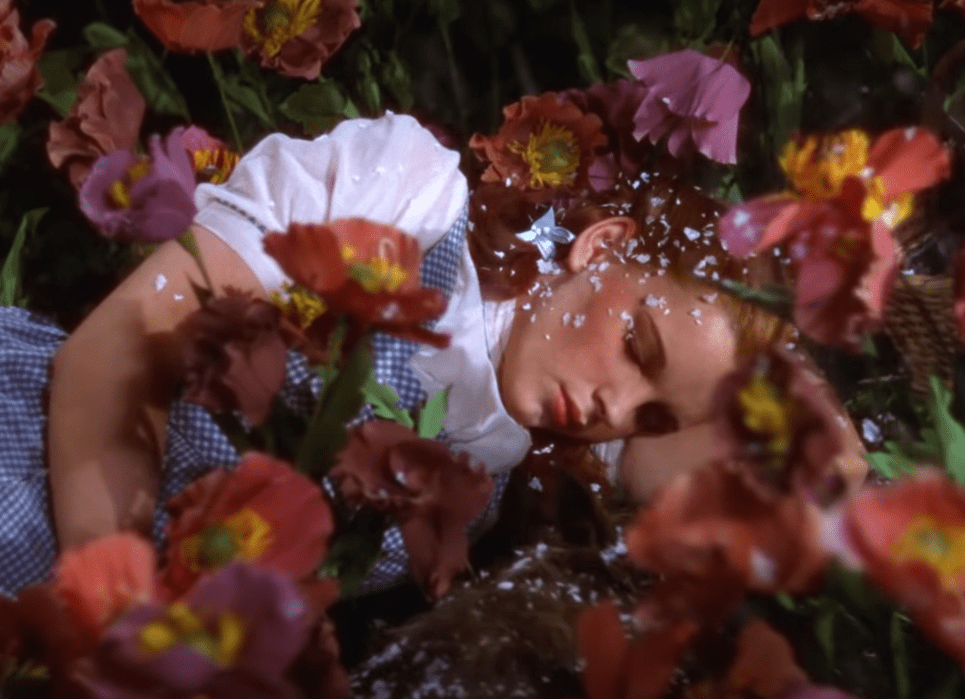 The Wizard of Oz, Metro-Goldwyn-Mayer
The Wizard of Oz, Metro-Goldwyn-Mayer
30. I'm Melting!
While filming the Wicked Witch's fiery exit from Munchkinland, Hamilton suffered second-degree burns on her face and third-degree burns on her right hand when the special-effect flames shot up before she had descended through a trapdoor. Her burns were so serious she was in the hospital for six weeks, and even after she returned to work, she wore green gloves to hide the fact her hand had not fully healed. When she came back, she had one request: "I won’t sue because I know how this business works, and I would never work again. I will return to work on one condition—no more fireworks!"
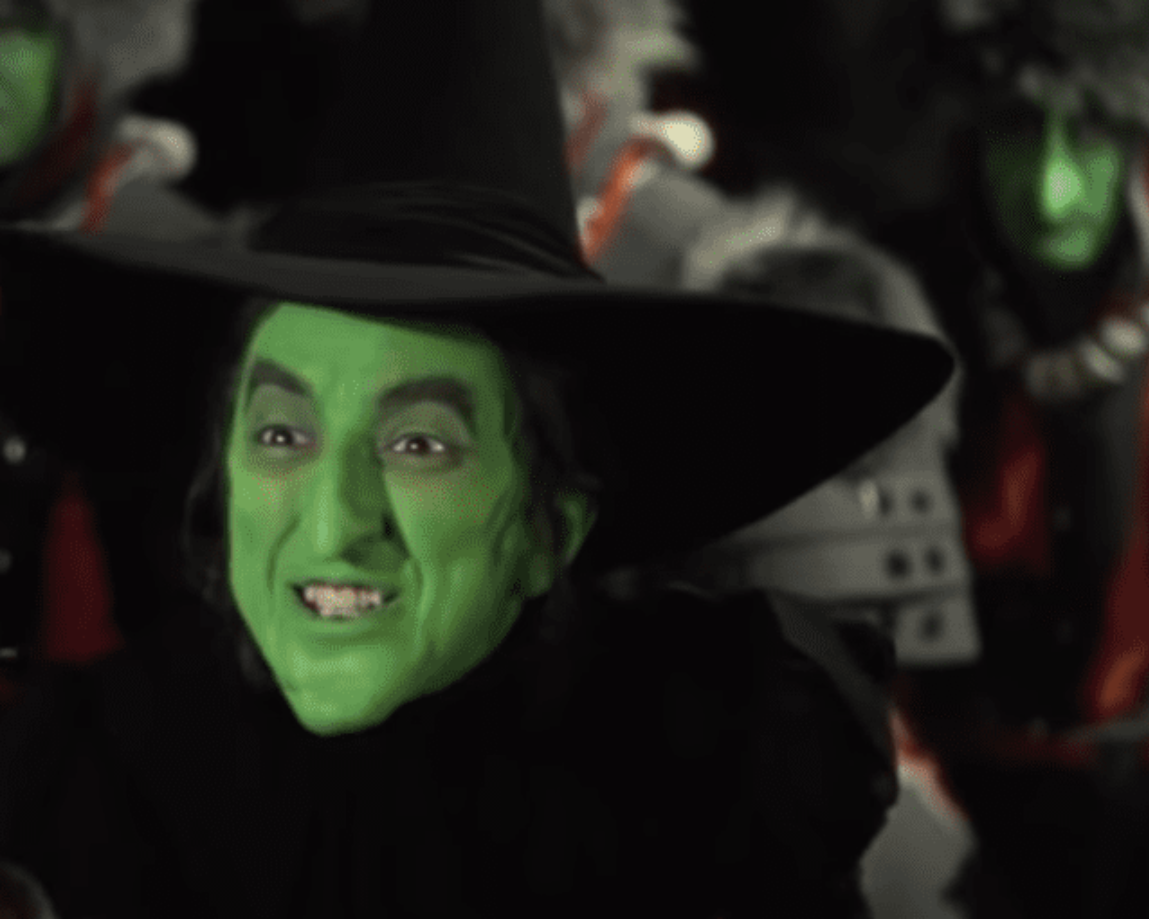 The Wizard of Oz, Metro-Goldwyn-Mayer
The Wizard of Oz, Metro-Goldwyn-Mayer
31. This is Getting Ridiculous
When Hamilton returned to filming, she refused to do the “Surrender Dorothy” scene, as per her request re: fire. Her stand-in, Betty Danko, performed the scene instead… which led to Danko becoming severely injured herself when the “broomstick” (actually a pipe) exploded on the third take—sending Danko to the hospital for 11 days and permanently scarring her legs.
32. A Part of Him is With Us
When the film’s wardrobe department went looking for a coat for actor Frank Morgan (the “Wizard” in The Wizard of Oz) to wear in character, they went to a second-hand store in search of the right look. They bought an entire rack of coats from which Morgan, director Victor Fleming, and the head of the wardrobe department chose one they thought showed the right amount of “shabby gentility". One day on the set, Morgan turned out one of the pockets and discovered a label that said the coat had been made for… L. Frank Baum himself. A quick call to Baum’s widow (he passed in 1919) confirmed the coat had at one time been owned by the author of the original Wizard of Oz books.
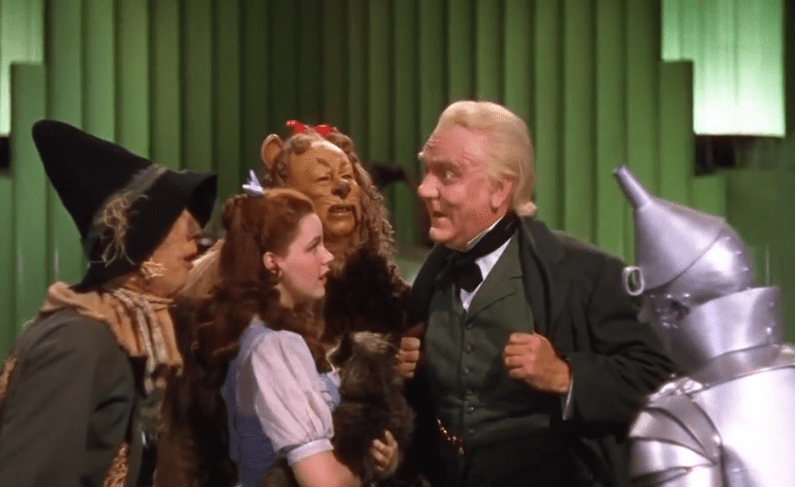 The Wizard of Oz, Metro-Goldwyn-Mayer
The Wizard of Oz, Metro-Goldwyn-Mayer
33. My Directing Style is "Smack"
Lahr ad-libbed a lot of his dialogue in the film, and he was a constant joker on the set. Garland had a major giggle fit during the scene where she slaps the Cowardly Lion, frustrating director Victor Fleming. To snap her out of it, he took her aside and surprised the actress by slapping her right before the next take.
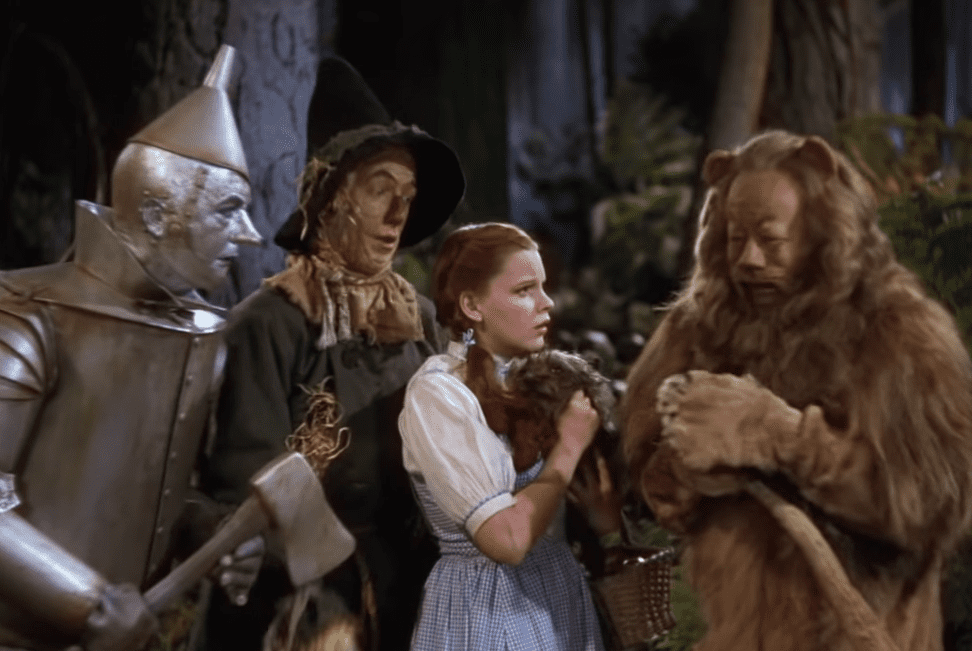 The Wizard of Oz, Metro-Goldwyn-Mayer
The Wizard of Oz, Metro-Goldwyn-Mayer
34. Urban Legends
One of the more persistent urban legends about the film is that you can see the passed body of one of the Munchkin actors hanging from a tree in the scene where Dorothy, the Scarecrow and the Tin Man dance down the road to the Emerald City. The image is actually that of a larger bird moving in the background of the set; several birds were on loan from the Los Angeles Zoo to give the fake forest a more realistic look.
35. Dark Backstories
In the initial outlines for the film’s script, the characters had notably darker origins than they would end up having in the final product. The scarecrow was originally a man who was so incredibly stupid that the only work he could possibly find was scaring crows, while the Tin man was a brutal bandit who was sentenced to an eternity in a tin suit. These origins were thought up because the writers were initially trying to tone down the magical parts of the story, as fantasy films generally didn’t fare as well at the box office.
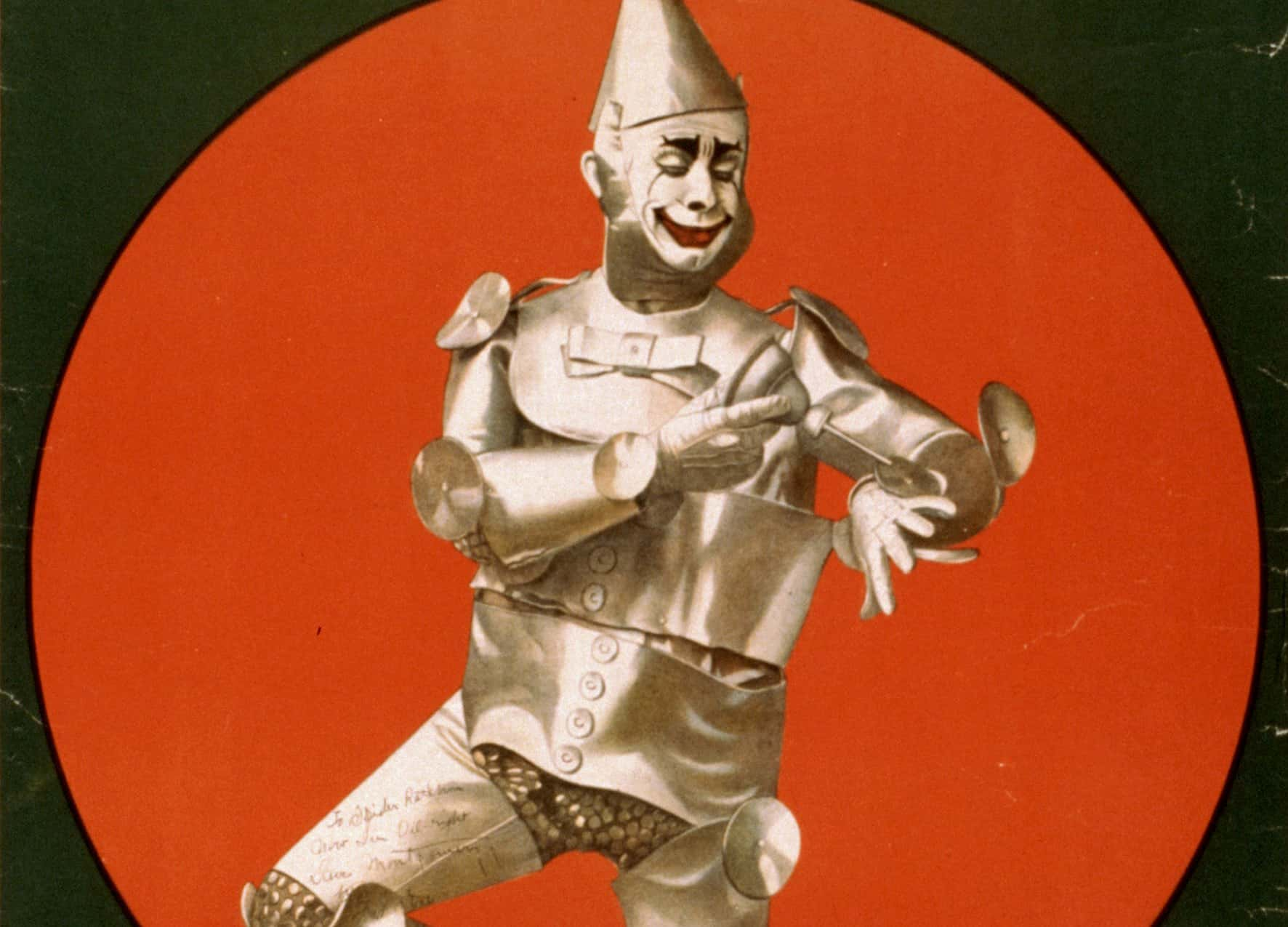 Wikimedia Commons
Wikimedia Commons
36. Nightmare Role
Judy Garland’s later life was marked by addiction and multiple self-immolation attempts. Many trace her distress back The Wizard of Oz. 16 years old at the time of filming, she was the tragic victim of emotional pain on set. In addition to being slapped in the face by frustrated director Victor Fleming, Garland also faced horrific terror at the hands of MGM studio head Louis B. Mayer.
Mayer allegedly forced 16-year-old Garland to sit on his lap during meetings and called Garland (who suffered from Scoliosis) “my little hunchback". Garland had to wear a painful corset-style device around her torso so that she would appear younger, straighter, and flat-chested to play the role of a younger child.
People close to Judy have said that she never recovered from her treatment on set. Judy had a lifelong battle with drug and booze, which ultimately led to her passing from a drug use at the age of 47.
We hope you enjoyed these Wizard of Oz Facts!


